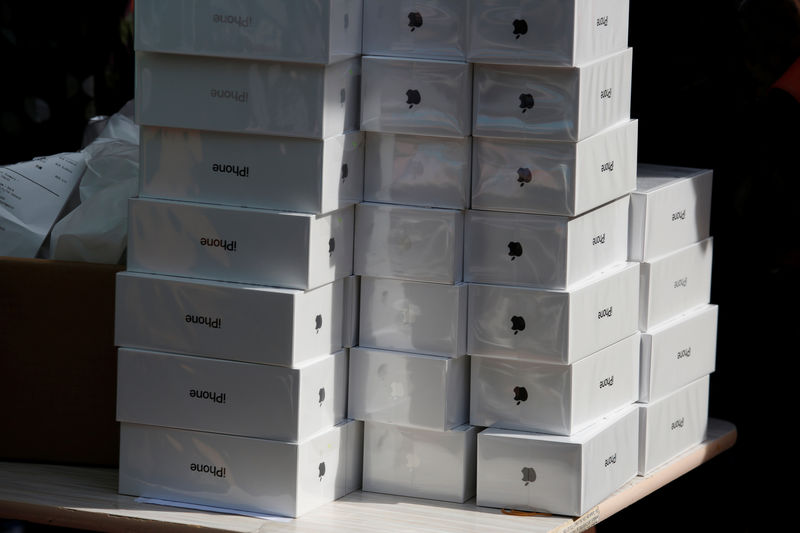By Senad Karaahmetovic
UBS analysts believe that supply disruptions that Apple (NASDAQ:AAPL) experienced in the last quarter of 2022 “materially” impacted November and December iPhone units.
According to UBS’ calculations, iPhone sell-through fell about 3% in October, 15% in November and nearly 18% in December. Overall, the CYQ422 drop is calculated at approximately 12%, which compares to a ~6% decline in the first 9 months of CY22.
“We estimate iPhone sell-through for the full year was roughly 6% below our forecast of sell-in as the spread notably widened in the December quarter. We estimate Dec qtr global sell-through of roughly 67 million units or ~15% below our 79 million sell-in est. and market expectations of 74M-75M,” the analysts said in a client note.
“Roughly one-third of iPhone sell-through in a given year is in the US, while roughly 20% is in China, with another 20% in Europe. During the fourth quarter of CY22, iPhone sell-through in the US was down just 1% compared to ~12% in China and 30% in Europe. Given the relative strength in the US and softer results in Europe, the US accounted for almost 35% of sell-through while Europe fell below 18%.”
On a more positive note, the analysts believe Apple still won some sell-through share as the global smartphone market dipped 14-15%.
UBS rates Apple stock with a Buy rating and a $180 per share price target.
Apple shares fell 2% yesterday to close at $143.00. The stock is down a further 0.9% in pre-open Tuesday.
